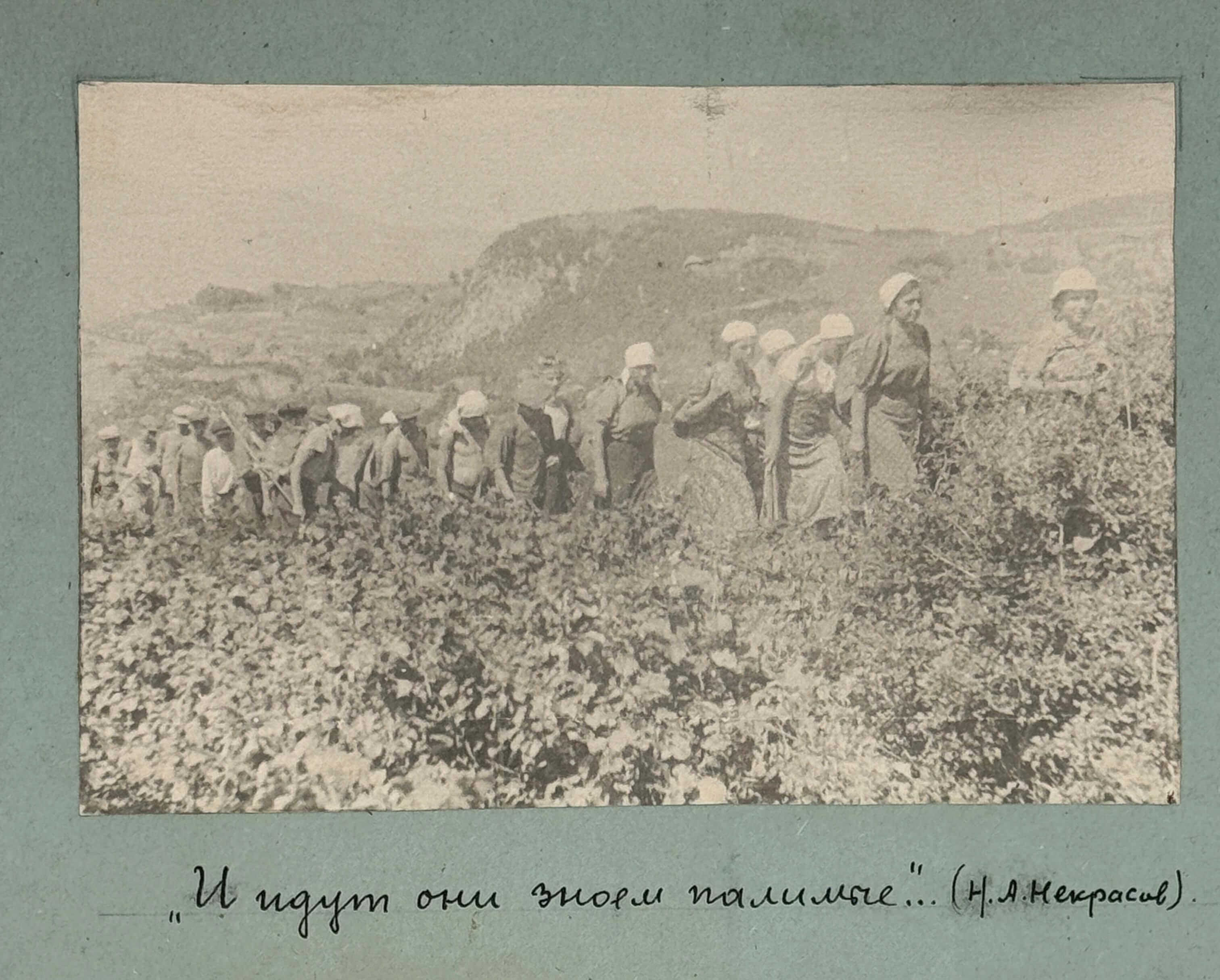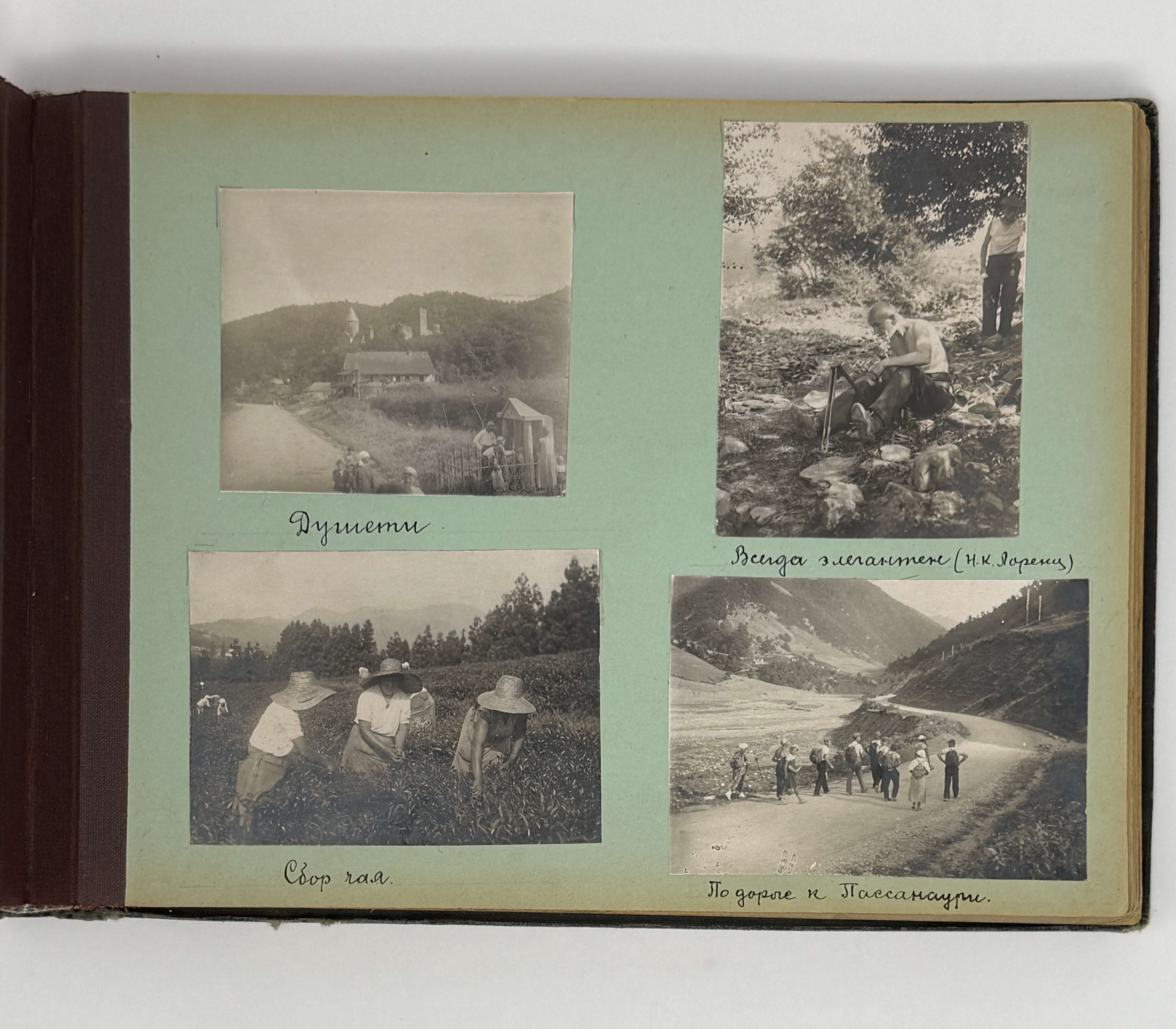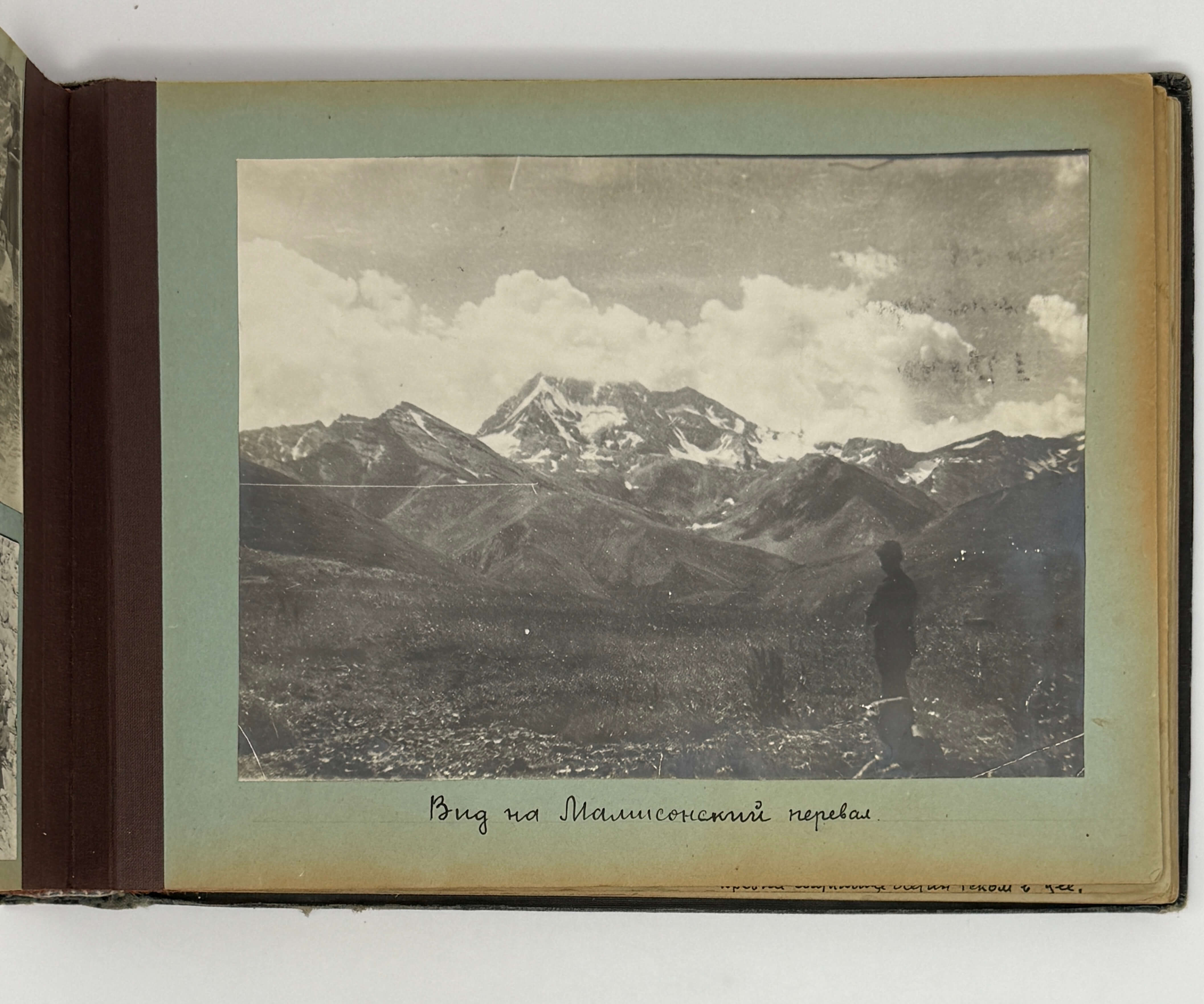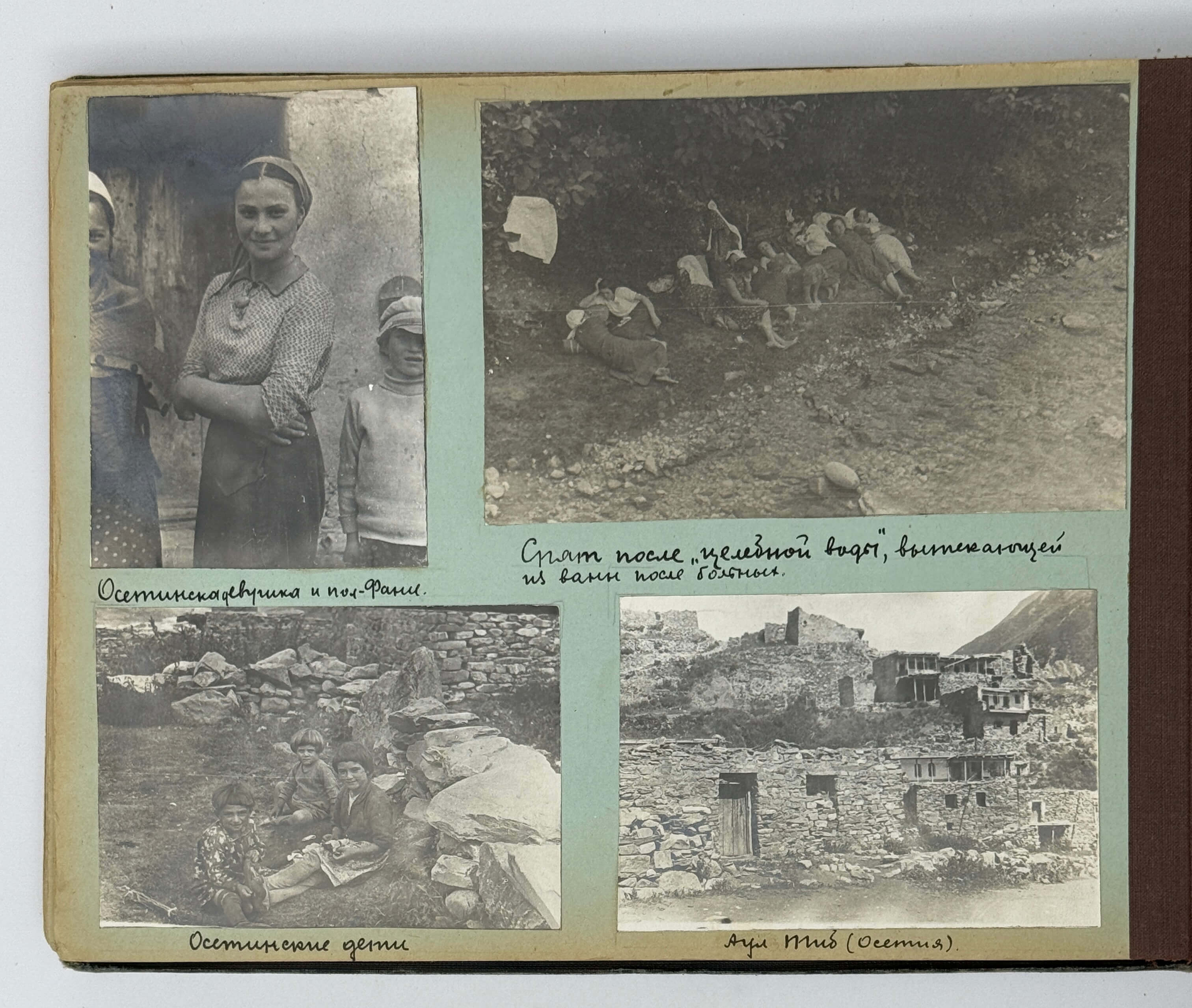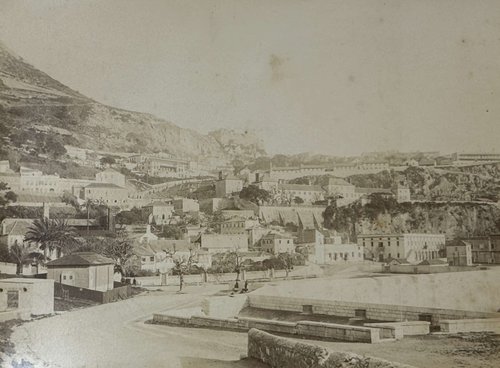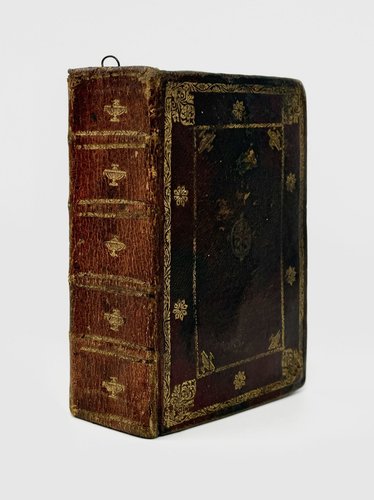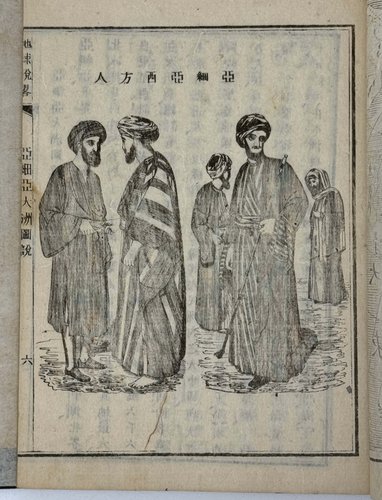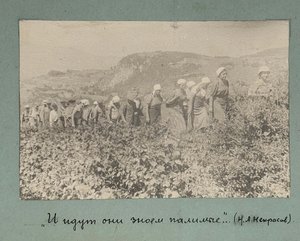
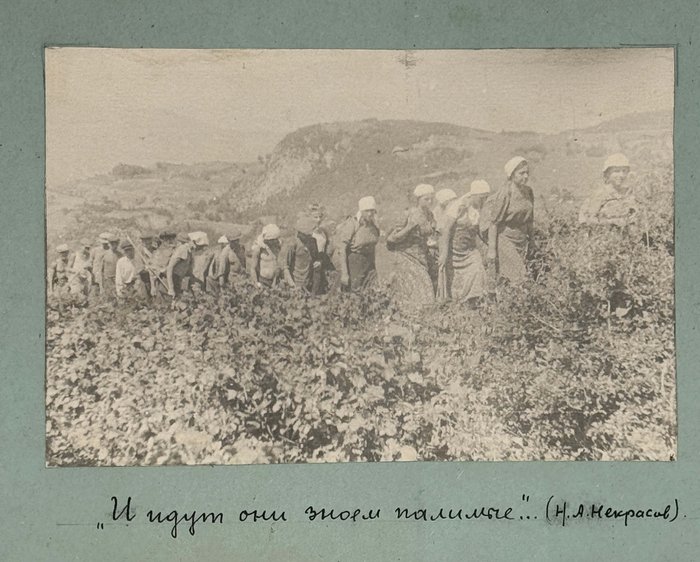
.jpg.700x700_q85_autocrop_replace_alpha-%23FFFFFF.jpg)
.jpg.700x700_q85_autocrop_replace_alpha-%23FFFFFF.jpg)
.jpg.700x700_q85_autocrop_replace_alpha-%23FFFFFF.jpg)
.jpg.700x700_q85_autocrop_replace_alpha-%23FFFFFF.jpg)
.jpg.700x700_q85_autocrop_replace_alpha-%23FFFFFF.jpg)
.jpg.700x700_q85_autocrop_replace_alpha-%23FFFFFF.jpg)
.jpg.700x700_q85_autocrop_replace_alpha-%23FFFFFF.jpg)
.jpg.700x700_q85_autocrop_replace_alpha-%23FFFFFF.jpg)
.jpg.700x700_q85_autocrop_replace_alpha-%23FFFFFF.jpg)
.jpg.700x700_q85_autocrop_replace_alpha-%23FFFFFF.jpg)
.jpg.700x700_q85_autocrop_replace_alpha-%23FFFFFF.jpg)
.jpg.700x700_q85_autocrop_replace_alpha-%23FFFFFF.jpg)
.jpg.700x700_q85_autocrop_replace_alpha-%23FFFFFF.jpg)
.jpg.700x700_q85_autocrop_replace_alpha-%23FFFFFF.jpg)
.jpg.700x700_q85_autocrop_replace_alpha-%23FFFFFF.jpg)
#PB3
Ca. 1936-1938
Oblong Folio album (ca. 23x29,5 cm or 9 x 11 ½ in). 20 card stock leaves. With 58 mounted original gelatin silver photos, including seven large images ca. 16x22 cm (6 ¼ x 8 ¾ in); the rest of the photos are from ca. 13x14,5 cm (5 x 5 ½ in) to ca. 8x9 cm (3 x 3 ½ in). All but a few photos with period ink captions in Russian on the mounts. First leaf with a manuscript ink title, date (“1936”) and two signatures of the compilers. Period black full cloth album; front cover with a gilt-lettered title (“Album” in Russian) and blind-stamped decorative ornaments. Binding rubbed on extremities and slightly loosened on the hinges, ten leaves with remnants of old mounts on versos (likely, done before the creation of the present collection), a few photos mildly faded, but overall a very good album of strong interesting photos.
Interesting collection of original gelatin silver amateur photos illustrating two summer hiking trips in the Caucasus mountains in 1936 and 1938, undertaken by a group of Soviet tourists. Most likely, the group included the associates of a Soviet tekhnikum (technical school), as one of the photos showing some of the tourists singing in a Caucasian park is captioned “a meeting of the technikum with an Armenian musical school.”
The first part of the album (27 photos) illustrates a journey around Georgia in 1936. The images show Terek River bridge near Lars village (Verknii Lars, modern-day border checkpoint between Russia and Georgia), Yermolovsky Rock (giant boulder in the Dariali Gorge in the vicinity of Verkny Lars village), Dariali Castle, Gergeti Glacier on the southeastern slope of Mt. Kazbek (general view, crevasses, a glacier river), Krestovy (Jvary) Pass on the Georgian Military Road (divides valleys of Terek and Aragvi Rivers), Dusheti town (in the foothils of the Greater Caucasus range), &c. Several group portraits and scenes show the tourists near a crevasse of the Gergeti Glacier, resting with Mount Kazbek in the background (one person is named “Ivan Petrovich”), walking on a road, taking a break before the Krestovy (Jvary) Pass, posing next to the stone cross at Krestovy Pass (erected in 1824), shaving (“Always elegant, N.K. Lorents”), plucking tea, on the way to Pasanauri town, posing in their tents in Passanauri, &c. A series of photos of Batumi on the Black Sea coast shows the famous colonnade on the seaside Batumi Boulevard and the local botanical garden (grave of the founder of the garden, botanist and geographer Andrey Krasnov (1862-1915); tourists in the bamboo grove, near giant agave plants, next to a mandarin tree).
The second part of the album includes 31 images taken during a 1938 tour along the Ossetian Military Road. It was built by the Russian Empire administration in 1854-1889 to connect Kutaisi in western Georgia and the industrial town of Alagir in North Ossetia (modern-day Russia). The road led through the Mamison Pass of the Greater Caucasus range, situated on the territory of the South Ossetia region. After the breakup of the Soviet Union, South Ossetia declared independence from Georgia and became the centre of a long-lasting conflict with Georgian authorities. After the Russo-Georgian War of 2008, the status of the Mamison Pass is undetermined, so the border crossing and the Ossetian Military Road in this area are closed to the public.
The photos include a large general view of the Mamison Pass and vivid scenes and portraits taken in North Ossetia. The photos show Tseydon/Tsey River, a log bridge across the river, tourist base in Tsey, an “ancient Ossetian sanctuary,” an old tomb, “Devil’s bridge” over the Ardon River, upper reaches of the Rioni River, a tunnel in a shist rock formation, Ossetian villages, portraits of Ossetian women and kids and several scenes with the tourists (resting near the Ardon River – “on the first stop after leaving Alagir,” sitting on the moraine of the Tsey glacier, sleeping after they drank some “healing water,” walking on a road to Sochkheri, &c.). Five photos reproduce “friendly charges [caricature]” portraits of the “expedition head” and group members. Overall an attractive collection of original photos, providing a look into Soviet organized tours to Georgia and Northern Ossetia in the late 1930s.

